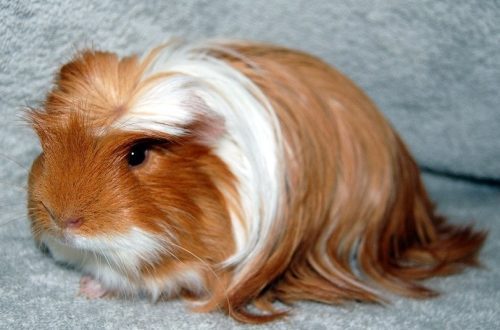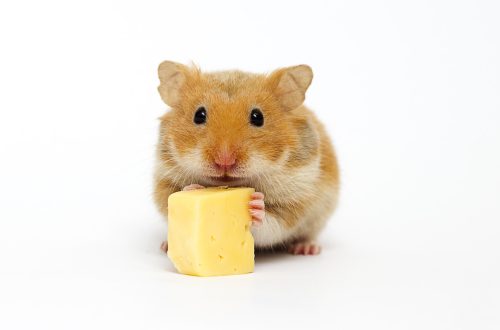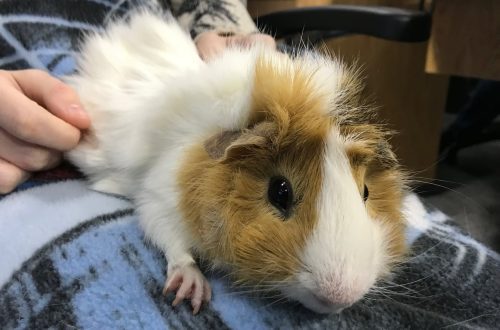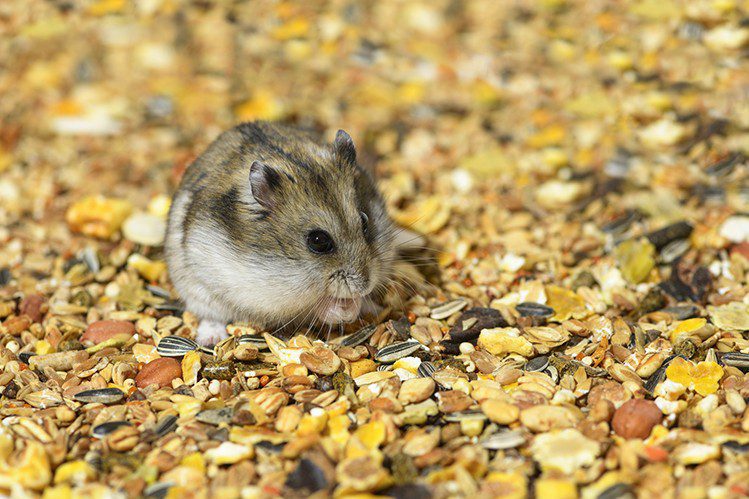
How do hamsters differ depending on the variety?
Hamster is one of the most popular pets. If you decide to get yourself or a child a hamster, then you have to figure out which representative of hamsters to choose, what gender and age. The nature of the pet depends on this, what kind of relationship will be between you, how long the rodent will live and how difficult it will be to care for it.
Now we are interested in the varieties of hamsters: let’s figure out what their differences are and how to determine which variety is best for you.
There is a huge variety of species and subspecies of hamsters, but the most popular for home keeping are:
Dzungarian (Sungur)
Syrian
Roborovsky
Campbell
Ordinary.
Each variety has its own characteristics. Animals differ from each other in temperament, size, life expectancy. Let’s analyze each of them in more detail.

Dzungarian and Sungur are the names of the same hamster, but in everyday life it is simply called “dzhungarik”. This rodent grows up to 10 cm and is considered one of the smallest among domestic hamsters. Weight – up to 50 grams. Dzungarians have a very short life expectancy: only 1,5-2 years. Only a select few live to be 3 years old. The paws of the dzhungariks are covered with hair, the hair on the back is dark, and on the tummy it is light. A characteristic external feature of this species is a dark thin strip along the back.
For young children, dzungars are not the best choice, because they are very small, fragile and mobile creatures. It will be difficult for a child to hold a nimble crumb in his hands, and the hamster will run away. By nature, dzhungars are very shy and secretive creatures. They need to be accustomed to hands from a very early age, otherwise an adult can even behave aggressively.
A rodent accustomed to a person will be very affectionate and friendly. Some jungars are happy to sit in the owner’s arms and even fall asleep on them.
Dzhungars do not get along with other representatives of the hamster family or do it reluctantly. This animal is kept mostly alone in a cage.
The diet of the jungarik should be only permitted and healthy products, otherwise the animal will get sick and die ahead of time.
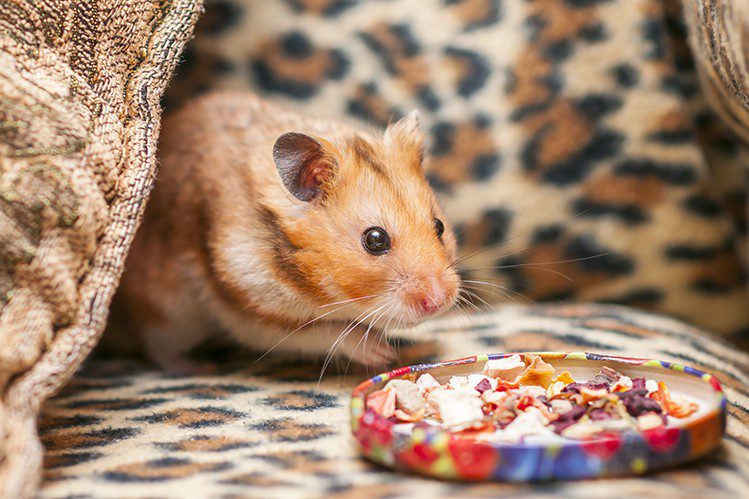
Quite a large variety among domestic hamsters. Individuals reach a length of 15-20 cm, live 2-3 years. In good conditions, they can live up to 4 years.
Unlike Djungarians, Syrian hamsters are more suitable as a pet for children. They are large and easier to hold in your hands.
The Syrian has several advantages:
they live longer than other hamsters. At the same time, they do not require special and complex care;
You can choose a Syrian hamster by color and coat length. The color of the fur coat is most often red, it can be yellowish or peach. But as a result of selection, other colors were obtained. The Angora hamster is a long-haired variety of the Syrian. You can choose it if you want a more fluffy pet, but you will have to take care of the coat so that the pet looks neat;
Syrian hamsters easily make contact with a person, quickly become accustomed to hands and know their owner. Even after separation, the Syrian will not forget his man and will be very glad to meet him.
There is only one minus for Syrian hamsters – this is their large size, which is why you have to buy a spacious cage. Syrians need a lot of loopholes, tunnels, wheels, because this species is very active and mobile. Keep them alone, because. Syrian can conflict with other hamsters.
The peculiarity of the Syrians is 4 toes on the front paws and 5 toes on the back.
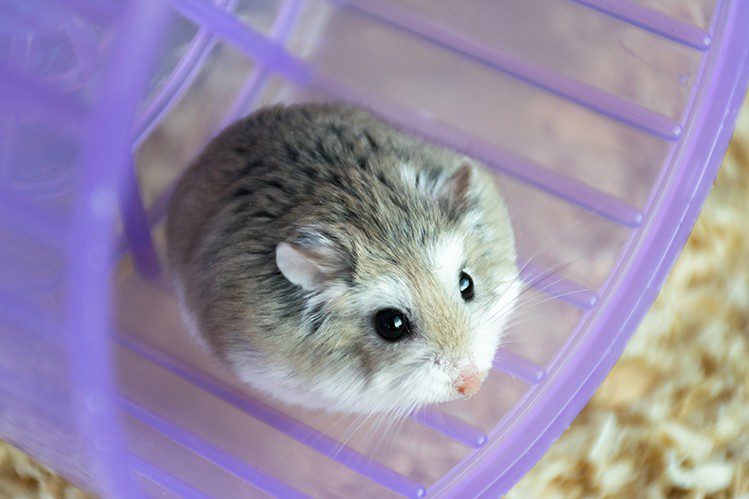
This variety is the only one among domestic hamsters that can be kept in groups. But it is better not to settle individuals of different sexes together in order to avoid conflicts.
Robokovsky’s hamsters are the smallest, even smaller than the jungars. Their dimensions do not exceed 5 cm in length. Life expectancy – up to 2 years. The cost of a hamster is high due to the fact that representatives of this species do not breed well and are not as common as others.
Life expectancy is almost like that of the Syrians – 4 years with quality care. But by nature they are more independent and capricious than Syrian hamsters.
If touching, stroking and holding a pet is important to you, then the Robokovsky hamster is unlikely to become your dream pet. It is very difficult to accustom him to hands, he behaves apart. The best thing you can do is to observe the life of your tiny pets from the side.
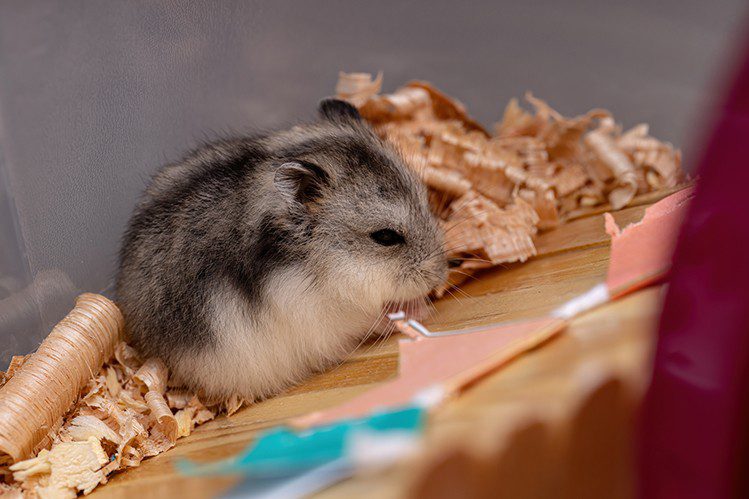
These hamsters reach a length of 8 cm and live an average of 2 years. Campbell’s hamsters look like jungars, but they have several distinctive features:
the color of the fur coat with a golden hue, while in dzungaria the coat is darker;
if you look at the rodent from above, then the jungarik has an oval shape, and Campbell’s hamster has the shape of a figure eight;
Campbell’s hamster also has a dark stripe along the ridge, but it is not as pronounced as in the jungars.
Like Robokosky’s hamster, Campbell’s hamster is very rare, almost impossible to find in pet stores. Mostly they are bought from breeders. But even from them you should not thoughtlessly buy an animal. It is first important to make sure that the fluffy is not wild and is used to hands, otherwise an aggressive pet will bring you nothing but disappointment.
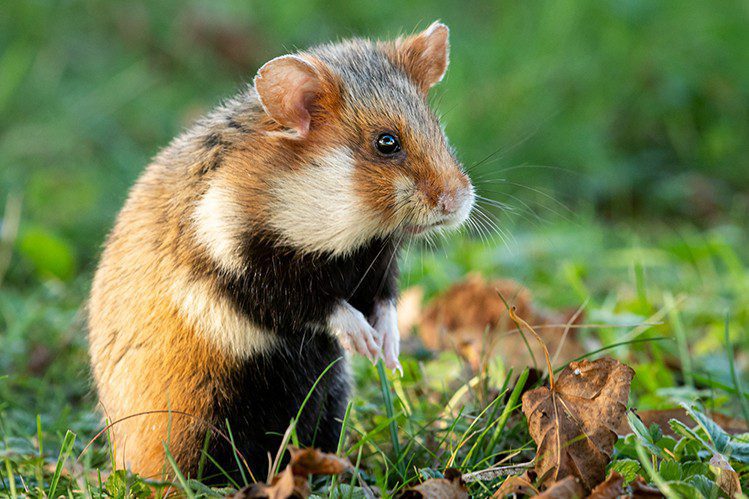
If you turn to sellers in pet stores and ask them about the presence of an ordinary hamster, you are unlikely to be understood and offered any other variety. It should be borne in mind that an ordinary or forest hamster (aka karbysh) is a wild rodent and pest that destroys crops and harms crops.
It is not recommended for home use. But many people do not care about this, and they get themselves a forest dweller at home. Despite the aggressiveness and love of freedom, the karbysh can still get used to a person, but only to one, whom he will consider his master. To other family members, a wild hamster will be indifferent at best.
Among hamsters, karbysh is a real giant: 20-35 cm in length, taking into account a tail about 8 cm long. An ordinary hamster is not only a giant, it is also a long-liver: it can live in the wild for up to 4 years, and in good conditions – up to 6 years. Karbysh is loved for its beautiful tricolor color and active behavior, which is interesting to watch from the sidelines.
You need to keep an ordinary hamster alone, he will not get along with other rodents. It is impossible to start a karbysh for children: this rodent is not human-oriented. The animal needs a special approach and careful handling, otherwise it will not seem enough.
These were the most popular hamsters. Be sure to consider the temperament and conditions of keeping of the species you have chosen so that the animal lives a happy life and brings you only positive emotions.



